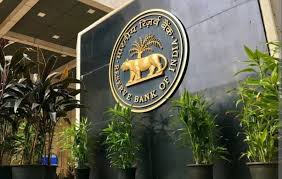Context:
The RBI has announced the SAARC Currency Swap Framework for the period 2024 to 2027.
Key Highlights
- The Reserve Bank of India (RBI), with the concurrence of the Government of India, has introduced a revised Framework on Currency Swap Arrangement for SAARC countries, covering the period from 2024 to 2027.
- Purpose: The framework allows the RBI to enter into bilateral swap agreements with SAARC central banks that wish to use the swap facility.
This facility, initially launched on November 15, 2012, aims to provide short-term foreign exchange liquidity support or address balance of payment crises for SAARC countries until long-term solutions are in place. - Rupee (INR) Swap Window: Under the Framework, a separate INR Swap Window has been introduced, offering various concessions for swap support in Indian Rupees.
The total corpus for this Rupee support is ₹250 billion (₹ 25,000 crore). - US Dollar/Euro Swap Window: The RBI will also continue to offer swap arrangements in US Dollars and Euros under a separate US Dollar/Euro Swap Window, with an overall corpus of US$ 2 billion.
- Availability: The Currency Swap Facility will be available to all SAARC member countries, subject to their signing the bilateral swap agreements.
About the Currency Swap Facility
- It is an agreement between two countries to exchange their currencies at a predetermined exchange rate for a specific period.
- It involves borrowing one currency in exchange for another, with an agreement to repay the original currency, along with interest, at a specified future date.
South Asian Association for Regional Cooperation (SAARC)
- SAARC is an intergovernmental organization established in 1985 to promote economic and regional integration among its member states.
- Members: Afghanistan, Bangladesh, Bhutan, India, Maldives, Nepal, Pakistan, and Sri Lanka.
- Goals: The organization aims to accelerate economic growth, social progress, and cultural development in the region. It also focuses on improving the quality of life for the people of South Asia.
- Headquarters: Kathmandu, Nepal.

